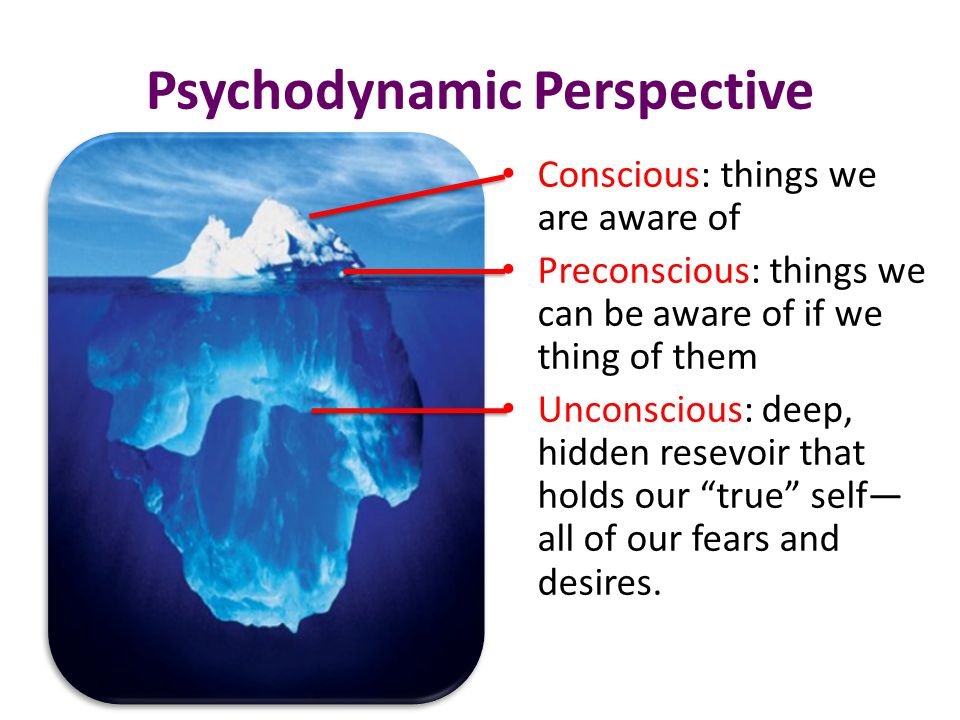In psychology, there are various forms of application to help individuals with certain psychological disorders. One of them is psychodynamic therapy which is part of psychotherapy. Through various processes of communication with the therapist, exercises, doing assignments, and so on, psychodynamic therapy can lead individuals to find solutions to their own problems.
In general, psychodynamic therapy does look similar to psychoanalytic therapy which uses deep communication based on psychoanalytic theory. However, this therapy tends to place less emphasis on the therapist-patient relationship and tends to be shorter than psychoanalytic therapy. The following is a further explanation of psychodynamic therapy.
Definition of Psychodynamic Therapy
According to Yakeley (2014), psychodynamic therapy is seen as therapy with a broader perspective than psychoanalysis and includes relationships by including interpersonal experiences that are manifested in the social world and the internal world. Both are built or arise from vulnerabilities in oneself and childhood experiences.
Gatta, et al., (2019) translate psychodynamic therapy as a form of psychotherapy whose focus is devoted to the interaction between mental processes that occur due to individual subjective experiences at the beginning of the problem so that the goal is to increase the patient’s ability to understand the meaning of the experience.
Meanwhile, as reported by Good Therapy , psychodynamic therapy is a psychological interpretation of mental and emotional processes that originate from the interrelation of objects, ego and psychological self with the aim of overcoming basic conditions and the formation of psychological processes.
Benefits of Psychodynamic Therapy
Psychodynamic therapy has various benefits not only to cure symptoms of psychological disorders, but also to increase self-esteem , confidence, and confidence to function optimally. Here are some details of the benefits of psychodynamic therapy, including:
- Helping individuals to rebuild their self-esteem and self- confidence.
- Develop individual abilities in order to have more satisfying relationships.
- Making individuals more confident in their own abilities to be able to do what they want well.
- Increase the ability to understand yourself and others.
- Become more sensitive and tolerant of a wider range of emotions, not just primary ones.
- Gradually can be more able to face the problems and difficulties that occur in life.
- Helps with symptoms of depression, anxiety, and physical ailments related to stress.
- Life as a whole will gradually get better because these benefits work to the fullest over time.
How Psychodynamic Therapy Works
Reporting from Talking Therapy , psychodynamic therapy has a quite different way of working from other psychotherapy, namely by focusing on understanding and expressing feelings and how individuals try to avoid thoughts, feelings that cause disturbances, and how they relate to experiences or other people.
In addition, psychodynamic therapy also tries to help the patient to be able to understand for himself how he suppressed previous emotions that affect the way he makes decisions, behaves, and establishes relationships with other people at this time.
Psychodynamic therapy not only focuses on the problems faced by the individual within himself, but also helps the patient to be more alert and understand the origin of the social problems that occur. However, that does not mean that the patient will be able to solve the problem on his own.
Patients will be given direction that can lead to the ability to analyze and resolve current issues that are currently happening and change their behavior in current relationships through in-depth exploration as well as analysis of previous experiences or emotions.
Examples of Application of Psychodynamic Therapy
According to the American Psychological Association, the application of psychodynamic therapy begins with building a relationship between the therapist and patient as a doorway to carry out a series of psychotherapy processes. Initially, the therapist will try to understand the nature of the relationship that exists in the patient’s life.
The pattern of this relationship is related to the emotions, thoughts, and beliefs that are related to him at this time and can then be searched for its relationship with the patient’s life experiences in childhood. This is because psychodynamic theory emphasizes the importance of early life.
The initial application of psychodynamic therapy is intense with sessions that are scheduled for about an hour and last for several months to years. Later, this method was changed to modern psychodynamic therapy so that it is not more intensive. In addition, the use of certain sofas is also changed to a pair of ordinary chairs and the therapist can also do face-to-face instead of hiding.
In the session, the therapist will encourage the patient to talk freely about anything about his conscious mind. Then, the therapist will investigate the recurring pattern in the client’s subconscious mind. That way, the patient can be aware of things that were previously unconscious.
As a result, patients can identify the important puzzle pieces that make up their present self and put them back together to allow patients after therapy to maximize their functioning and have an awareness of the positive things in their lives.
Discussion Conclusion
Psychodynamic therapy can be defined as a psychotherapy technique based on psychoanalytic theory that emphasizes associations within individuals both with their emotions and thoughts or with interpersonal relationships in everyday life through deepening related experiences in early life so that they are able to overcome the problems they face themselves.
Generally, this therapy is useful for dealing with psychological disorders, such as anxiety or depression and also restoring self-confidence to live well through the ability to analyze oneself and environmental conditions. How, the therapist will encourage individuals to be more aware of their current condition and behavior.
An example of the application of psychodynamic therapy is where the patient freely tells what he is feeling to the therapist. Then the therapist will arrange a recurring pattern that appears and directs the patient to rearrange the things that affect him until he is in his current condition.


